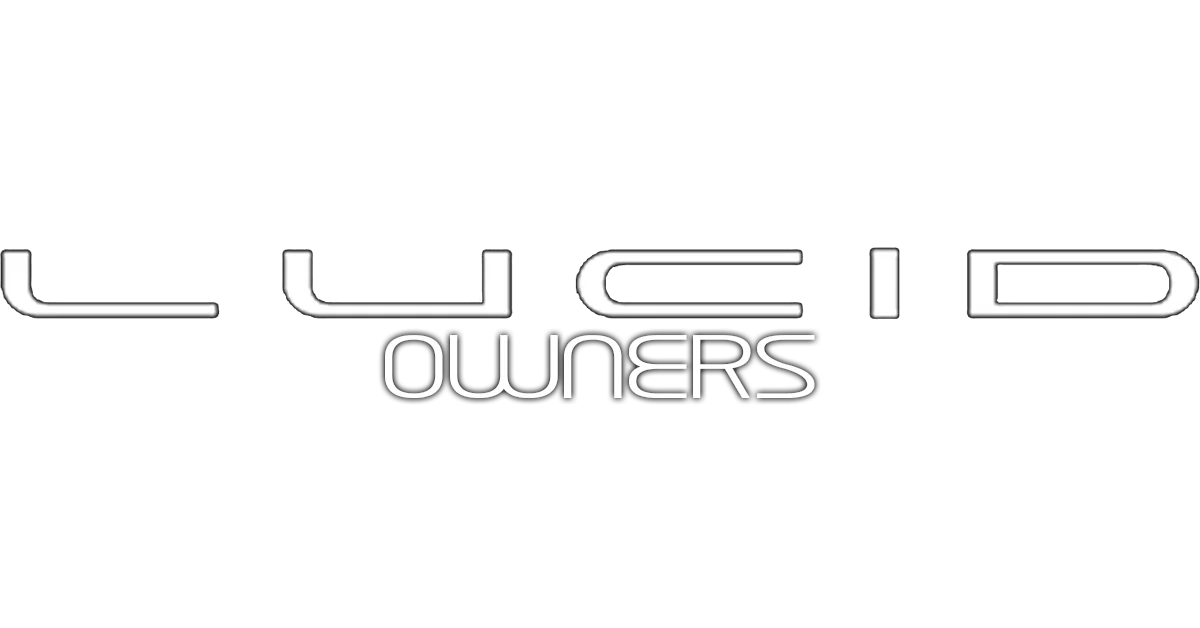Does your 2017 Lexus have rear pedestrian alert or rear cross traffic protection? Has your car ever saved you from backing into another car or a person you missed? That's worth the $10k like I referenced. Again, you are soley focus on the self driving part to claim the tech isn't worth the money, obviously I completely disagree.
Quite the contrary.
> I am a big fan of all these safety features being deployed on new automobiles. I love it!
> No, my 2017 Lexus does not have rear pedestrian detection. And neither the Lexus nor my Rivian tells me what type shoes the rear pedestrian wears. Yet, with the 360 view (which, as you know, is a composite) and rear camera views, I feel perfectly safe to back out of any parking space without killing anyone.
My points are very simple:
> ADAS is an important technology that will be deployed widely on all vehicles (someday), like safety belts.
> There will be emerging standards and regulations.
>There will be a handful of ADAS supplier that will dominate the market. Some potential candidates are like Mobileye, spin offs from Ford, GM, MB, Bosch, Magna, and maybe Rivian/VW etc..
> There will likely be several levels of sophistication depending on the sensors and data-processing power. The computer running the ADAS should be independent of the other car functions.
> In my mind, the ADAS functions need some standard interfaces to the car like connections to the motors, brakes, steering wheel, cameras, etc.. Done properly, the ADAS connection to the car should not be intrusive.
> the DA/SD functions will be integrated with map and traffic data as well as local sensors (cameras, LIDAR, etc.) on the car.
> on major highways, there will be transponders and updates to the car regarding traffic, road conditions, weather, detours, accidents, etc..
> in the end, only a couple of major ADAS players will dominate. Think of it as CarPlay and AA.
As the eco-system evolves, there is no room for small players like Lucid to develop their own solutions. Lucid is better off partnering with the industry leaders.
Yes, there will likely be different level of sophistication and price points.



